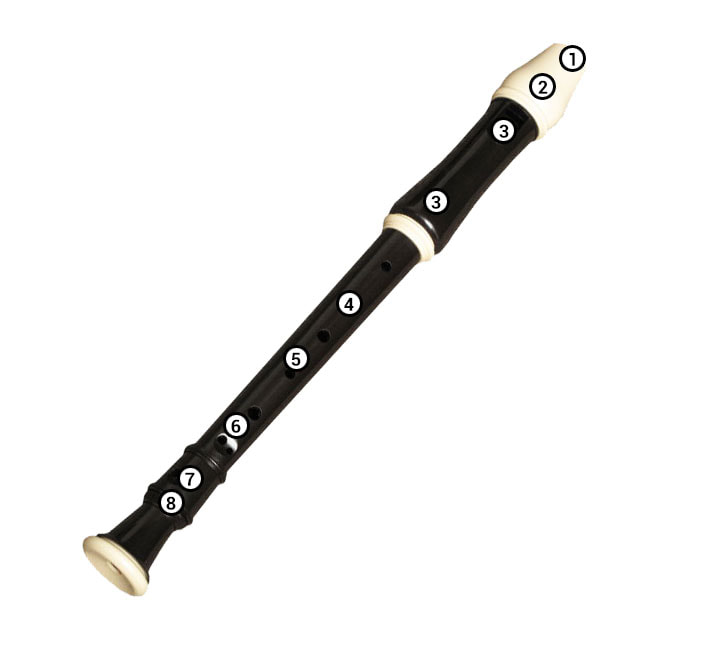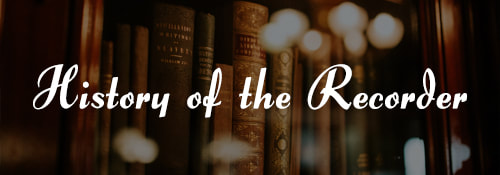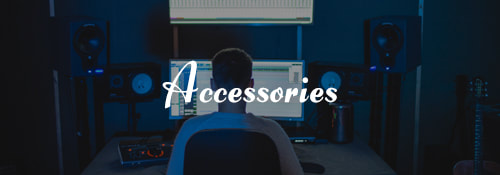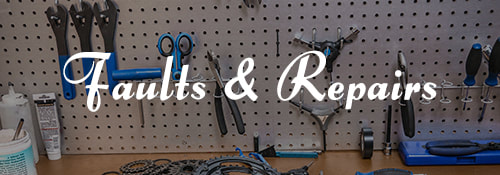The Recorder |
Listen to the sound of a Recorder!
|
|
The recorder is a musical instrument from the woodwind family. It is an end-blown, and its mouth is constricted by a wooden plug known as a block or fipple.
It has seven finger holes and a single thumb hole, known as an octave vent. It is not a very loud instrument and, therefore, not used in orchestras or bands. It is well suited to solo playing, small groups and chamber music. |
The Recorder is most children's starter instrument as it is simple to play, cheap to buy, and easy to carry and maintain. It is also prevalent in schools because of its ease of blowing.
Generally, there are eight different sizes of recorders. Four regular-sized played; these include the descant or soprano, alto or treble, tenor and bass. |






